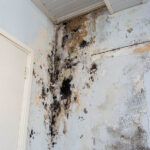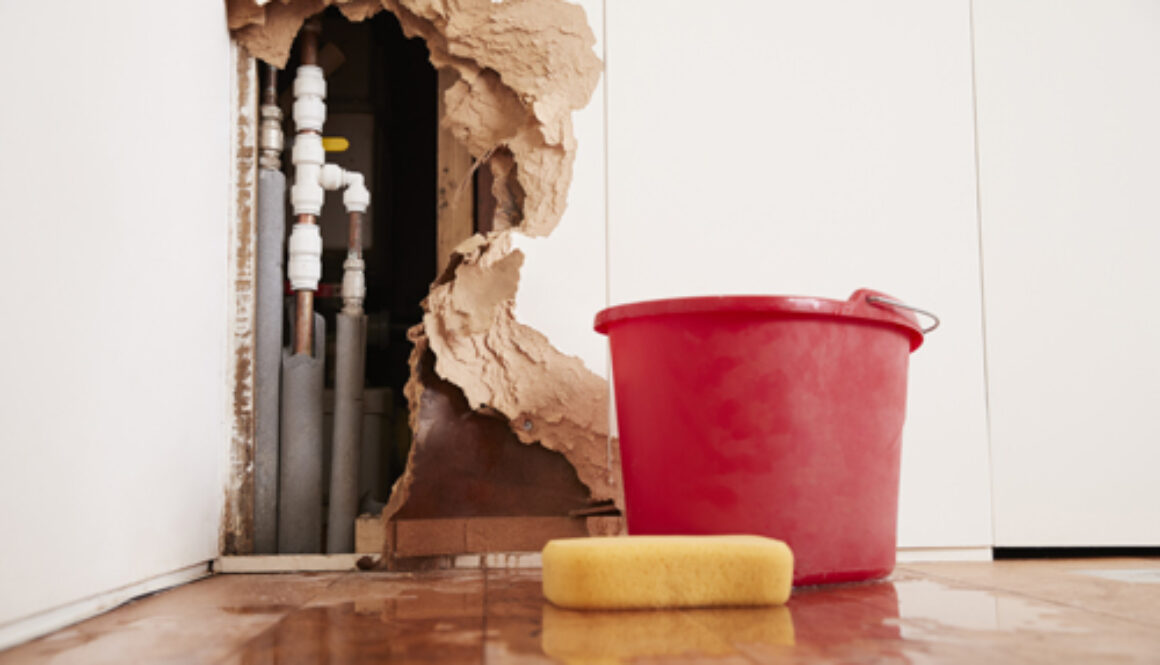The Hidden Dangers of DIY Water Damage Restoration
Water damage can prove to be a challenging task to undertake alone. So, while it is tempting to treat it as a DIY project to save money, there are some hidden dangers and risks you need to know about before attempting to take this approach.
Here are some reasons why DIY water damage restoration isn’t always the best idea and when you must call the professionals…
Lack of Water Mitigation Knowledge and Expertise
When it comes to water damage and mitigation and restoration, you will find it requires specialized knowledge, equipment, and techniques. Professionals are trained to assess the extent of the damage in a home or business, identify potential hazards like mold and mildew growth, and then implement the right restoration and remediation procedures.
DIY attempts without this expertise or the right equipment may lead to an incomplete job, future issues, and more damage.
Hidden Water and Moisture
Water can seep into hidden areas you can’t necessarily see, like into the walls, under the flooring, and within the other building materials in the space. If these areas aren’t adequately dried and treated like the others, this hidden moisture and water can cause structural damage and will prove to be the ideal breeding ground for a mold infestation.
 Mold and Mildew Growth
Mold and Mildew Growth
Did you know that mold and mildew can actually start growing 24 to 48 hours after the water damage occurs?
When the area isn’t dried and treated properly, it can lead to a mold infestation and pose a health risk to the occupants of the building, along with additional damage to the property.
Electrical Hazards
Water damage can also significantly impact the electrical systems and appliances in the affected areas. You need to take the right safety precautions and have the right knowledge before working on electrical components that the water has damaged. If not, it can result in fires and electrocution.
Contaminated Water
The water can contain harmful pathogens, chemicals, and toxins if the flooding is due to a sewage spill or the water comes from another contaminated source. Professionals have the gear necessary to protect them from these hazards to continue the job safely and effectively.
The Wrong Equipment
You need specialized drying equipment for proper water damage restoration and remediation, including industrial-strength dehumidifiers. This isn’t equipment the average person has in their garage or shop. DIY methods often lack access to this equipment, leading to prolonged drying times and secondary damage.
Jeopardized Insurance Coverage
When filing a claim for water damage, your insurance coverage may require you to enlist a professional company’s services to ensure the job is done correctly and future damage can be prevented. A DIY restoration may jeopardize your insurance coverage, and they may not accept your claim.
When to Call the Water Damage Cleanup Professionals
If you are faced with significant water damage, contaminated water, mold growth, or electrical issues, or you are unfamiliar with the proper restoration techniques, you should avoid the DIY path and leave the job up to the professionals. Proper and effective water damage restoration is crucial for preventing further damage and avoiding potential health risks.

